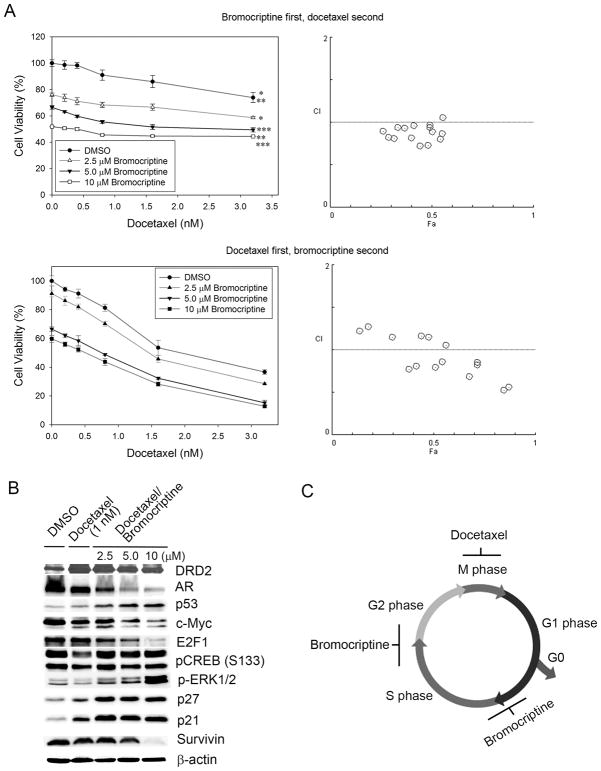Figure 5. In vitro cytotoxicity of the combination of bromocriptine and docetaxel in C4-2 cells.
(A) In vitro effects of different combination orders of bromocriptine and docetaxel. Upper panel: C4-2 cells were first treated with bromocriptine at the indicated concentrations for 48 h prior to the addition of docetaxel for 24 h. (Left) MTS assay of cell viability. *, **, ***: p < 0.05 (two-way ANOVA); (Right) combination index (CI) between docetaxel and bromocriptine. Fa: the fraction affected. Lower panel: C4-2 cells were first treated with docetaxel for 24 h prior to bromocriptine treatment at the indicated concentrations for 48 h. (Left) MTS assay of cell viability. p < 0.05 for all pairwise comparisons (two-way ANOVA); (Right) CI between docetaxel and bromocriptine. (B) Western blot analysis of protein expression of key cell cycle and survival regulators in C4-2 cells first treated with docetaxel (1 nM) for 24 h prior to bromocriptine treatment for 48 h. (C) A possible mechanism of synergy between bromocriptine and docetaxel in PCa cells. Bromocriptine may primarily induce cell cycle arrest at the G1/S and G2/M checkpoints; therefore the combined treatment in the order of docetaxel-first (mainly causing apoptosis by targeting the M phase), bromocriptine-second may have better efficacy in PCa cells than the combination with the order of bromocriptine-first, docetaxel-second.

